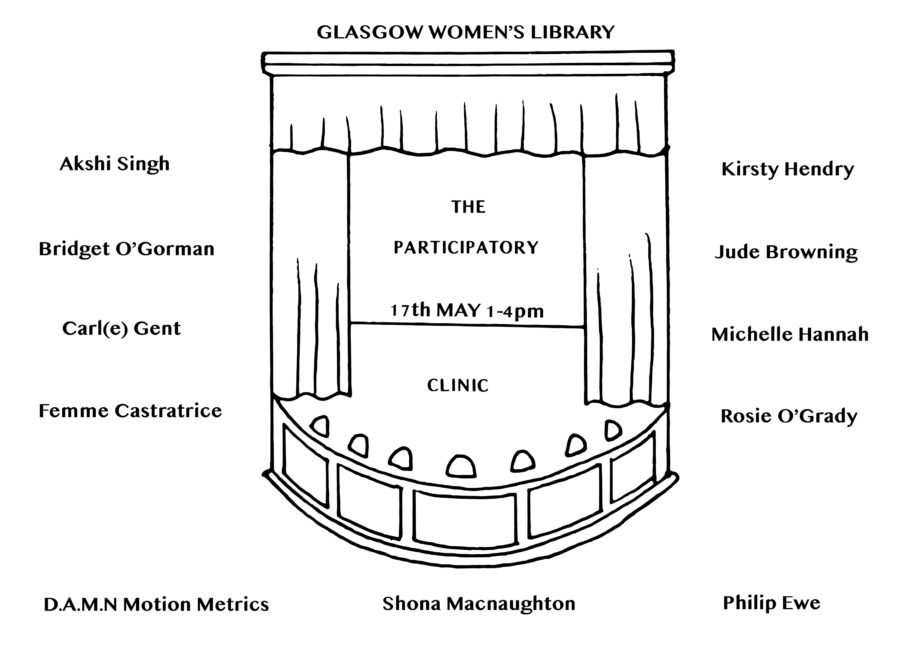We are delighted that Gillian Shirreffs will be hosting a workshop ‘Fiction Writing to Help Manage Chronic Pain’ online on Thursday 25th June. For more information and booking please see here.
This Spring we were looking forward to working with writer Gillian Shirreffs who was going to host two writing workshops sharing some of the ways that writing has helped her manage chronic pain. Unfortunately these have been cancelled due to the ongoing Covid-19 situation. However, we are delighted that Gillian was always planning to share a taster of the sessions on our blog and we feel that these writing exercises are even more important now that we are all trying to find our new temporary normal. Equally, you may be feeling overwhelmed with the current situation and the offer of so many new things to try. If so, why not bookmark this page and come back to it later?
Ready to begin? Try to find somewhere comfortable to sit, get out your writing materials or device, and settle in. There are 5 exercises below and Gillian suggests 15 minutes per exercise.
We hope you have fun developing your own characters, scenes, and stories, and hope to welcome you to Glasgow Women’s Library soon.
“As a fiction writer with multiple sclerosis, I’ve found that writing is a useful tool in my pain management toolkit. I discovered this by accident. I developed nerve pain thirteen years ago due to MS. Unfortunately, my pain didn’t respond to any of the medications. I did notice, though, that when I was focussed on writing – fighting with word after word and sentence after sentence – I wasn’t aware of the pain. I then learned that there’s science behind this. People who work in pain management call it distraction technique. If you’d like to see if writing fiction might be a good distraction for you to help you manage chronic pain, here are some fun fifteen-minute exercises to help get your creative writing juices flowing.” Gillian Shirreff
1. Create a character. Perhaps they are inspired by someone you once glimpsed on a train, in a shop or through your window. Describe your character in detail: age, appearance, interests. If they had a pet hate, what would it be? A favourite colour? A secret? Give your character a name. Take time with this exercise so that you can really get to know your character.
2. Look around the room you’re in. Notice an object. It could be a glasses case, a shoe, an envelope. Imagine your character finding this object in an unusual place. Set a timer for fifteen minutes and write a scene that tells the story of what happens next.
3. Your character has a chance encounter with someone they haven’t seen in a long time. Set a timer for fifteen minutes and write down the conversation that takes place.
4. Your character visits your favourite town or city. Set a timer for fifteen minutes and write about what happens when they are there. Describe the setting in detail.
5. Your character uncovers a secret about someone else. What is it? Set a timer for fifteen minutes and write a scene about this discovery.
We’d love to hear how you’ve found these exercises. If you’d like to share some of your writing, or tips for fellow writers then please comment below or get in touch on social media. (We’re @womenslibrary on Twitter and Instagram or Glasgow Women’s Library on Facebook).






